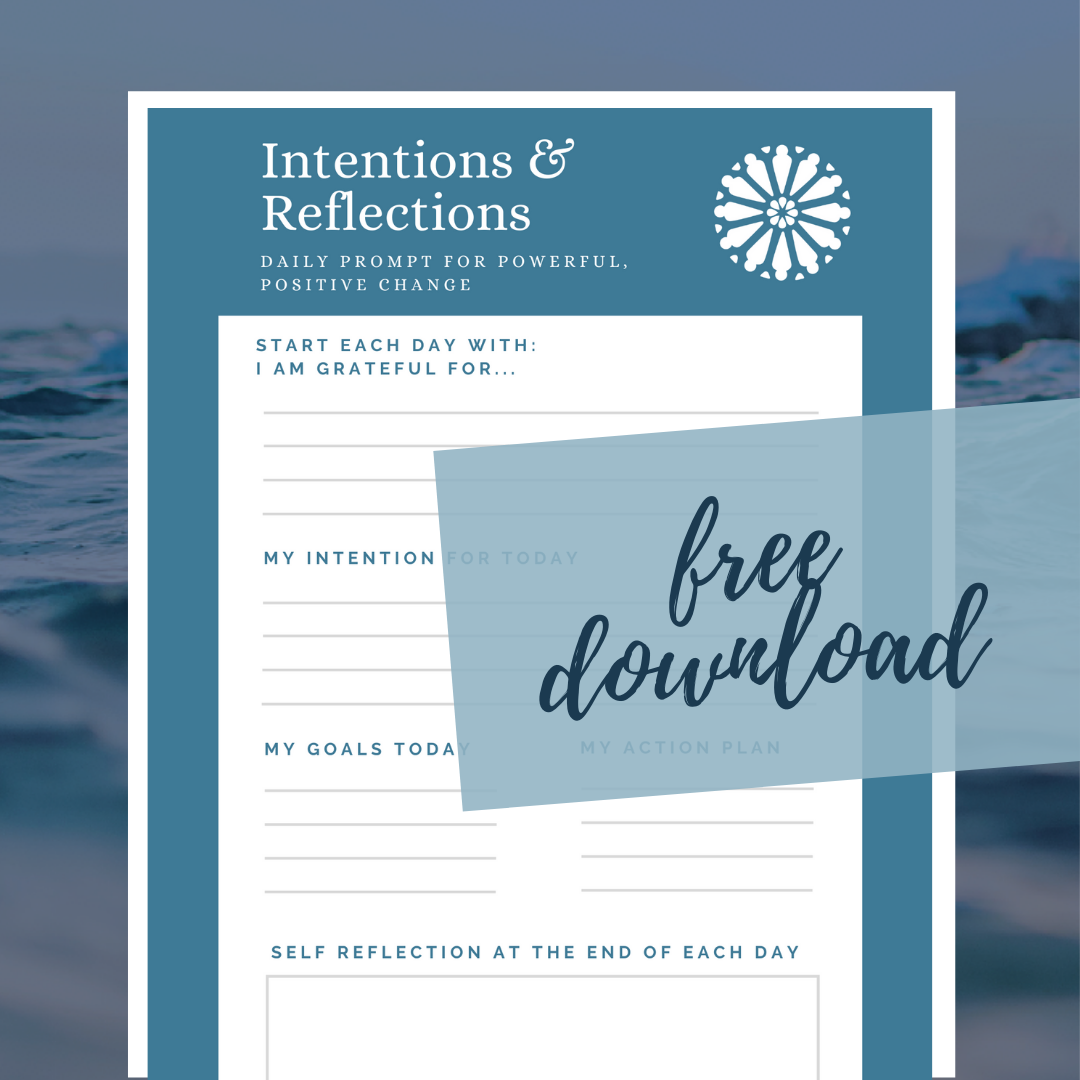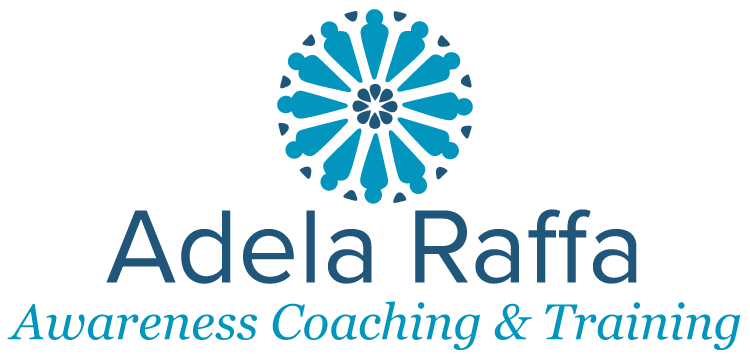How to Practice Mindfulness at Work

“You can't stop the waves, but you can learn to surf.”
– Jon Kabat-Zinn.
Good news, more companies are realizing the benefits of wellness programs, such as meditation and mindfulness, as part of the Corporate Culture. As you may know, cultivating a calmer, more focused state of mind at work increases productivity, lowers stress and anxiety. A healthier, more engaged workforce is key to maximizing productivity and financial success.
What if your company doesn’t offer these perks as part of the culture? More good news: You can practice mindfulness anywhere; in your office, at your desk, on your lunch break and as part of your work. If so inclined, you can even enroll in various programs and certifications, but do your research first. Here’s one option for your consideration.
Mindfulness is a practice, a way of being present to what’s happening in the ‘here and now’. Basically, it means you’re aware and focused in this moment…Not worrying about tomorrow’s meeting or dwelling on yesterday’s client interaction.
Personally, I’m more productive when I slow down, which seems counterintuitive to being productive, doesn’t it? Turns out, with a calm, clear mind and a relaxed body, I’m able to listen deeper for inspiration, get creative and feel more alive. My hope is that more companies will view investing in their employees well-being as a business priority.
Here are a 7 ways to practice mindfulness at work:
Set intentions. Setting an intention for the day, week or even month will influence your actual experiences. It’s a vision, or a desired outcome, that guides your thoughts, choices, attitudes and actions. Think of setting an intention as a GPS leading you to your desired destination, alerting you when you steer off course.
Awareness. Begin to pay attention to what’s happening by observing internal and external experiences (instead of judging them). By slowing down and noticing, we begin to learn the difference between responding and reacting, between discerning and judging, thereby accepting what is.
Breathe. Focusing on breathing reduces stress and anxiety, while inducing relaxation and calm. There are many different breathing techniques; a simple one is to inhale counting to 4, pausing while counting to 4, exhaling counting to 4 and pausing for 4 before starting the breath cycle again for a few more rounds. The counting gives the mind something to do, while the body is able to relax and re-energize.
Pause. Pausing helps you gather your thoughts, take a breath, shift your focus or simply buy some time. This is a valuable practice, or tool, in most circumstances. Before you answer the phone, reply to an email, respond to a question, deliver a speech… practice the pause. There is power in the moment of stillness, with an extra bonus remembering your intention.
Go outside. Studies show that exposure to nature improves vitality and mood, benefits mental well-being and reduces anxiety, mental fatigue while increasing life satisfaction. Engage your senses for added bonus: see what you see, hear what you hear, feel what you feel etc. Fritz Perls, founder of Gestalt therapy, suggested we lose our minds and come to our senses… You can read more about nature and health benefits here.
Be Grateful. Gratitude improves our health, relationships, emotions, personality and career. How, you might ask? Feeling grateful triggers a positive feedback loop. A common suggestion is keeping a gratitude journal or listing what you appreciate every day. Here’s another interesting article that discusses physical, psychological and emotional benefits to gratitude.
Reflect. A useful reflection involves a conscious consideration and study of one’s beliefs and actions with the purpose of learning. Peter Drucker said: “Follow effective action with quiet reflection. From the quiet reflection, will come even more effective action.”
Research shows performances increase for employees who spend 15 minutes per day reflecting on their day and lessons learned. To learn more or get ideas for reflective questions, read this article from Harvard Business Review.
With fall and holiday season around the corner, a mindfulness practice to lean on is beneficial not only in the workplace…As you develop a new habit or pattern, may I suggest you go slow, allow for ‘mistakes’ and aim for progress, not perfection.
To Powerful, positive change…Cheers!
Adela

“Adela helped me during my darkest hours, when I felt hopeless and alone. Her compassion and support helped me find strengths within myself I didn’t know existed. Her belief in me became my guiding light until I could carry it for myself.”
– Jennifer
